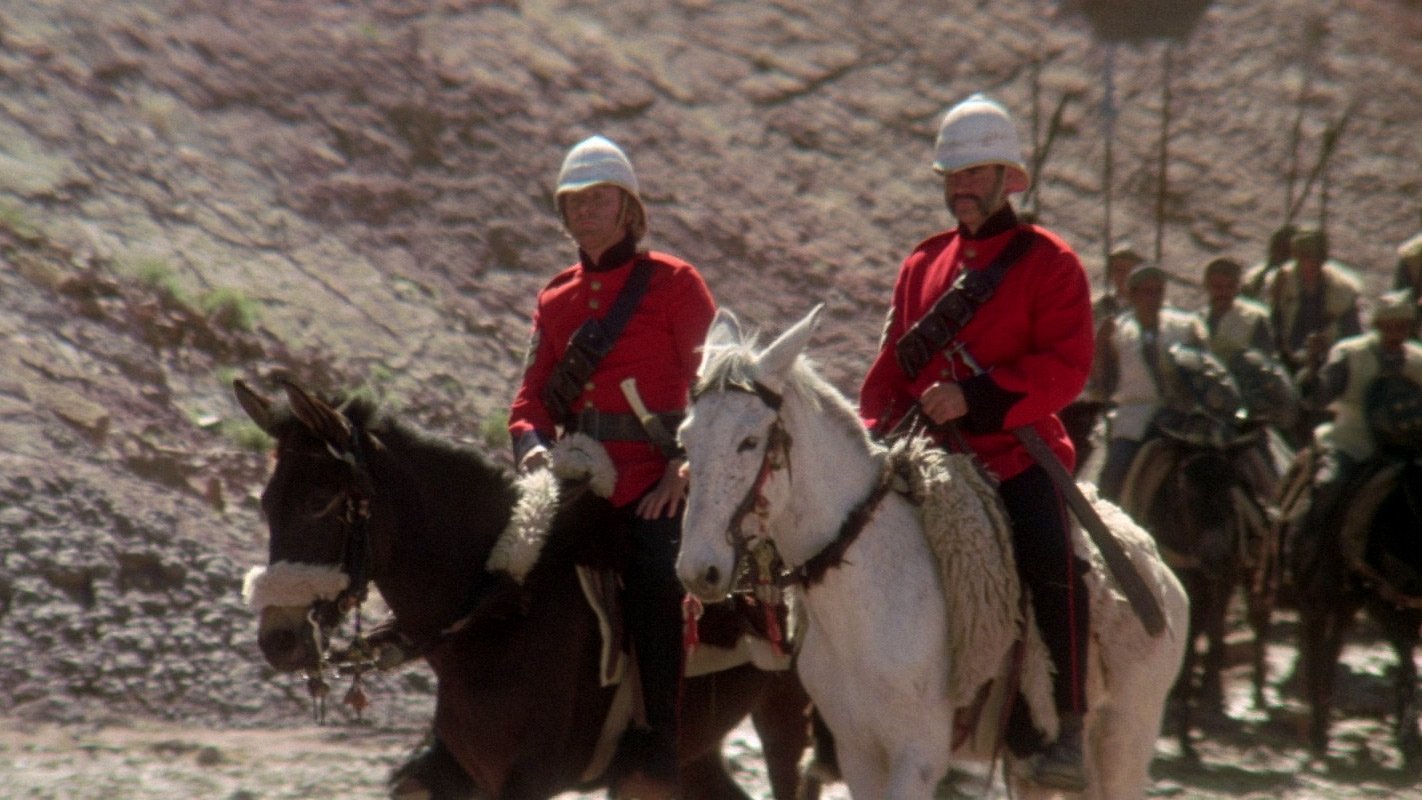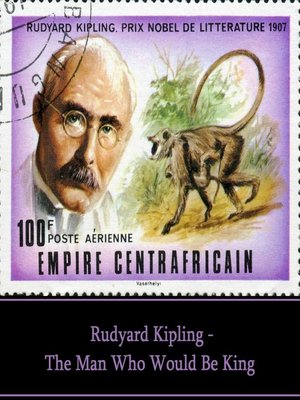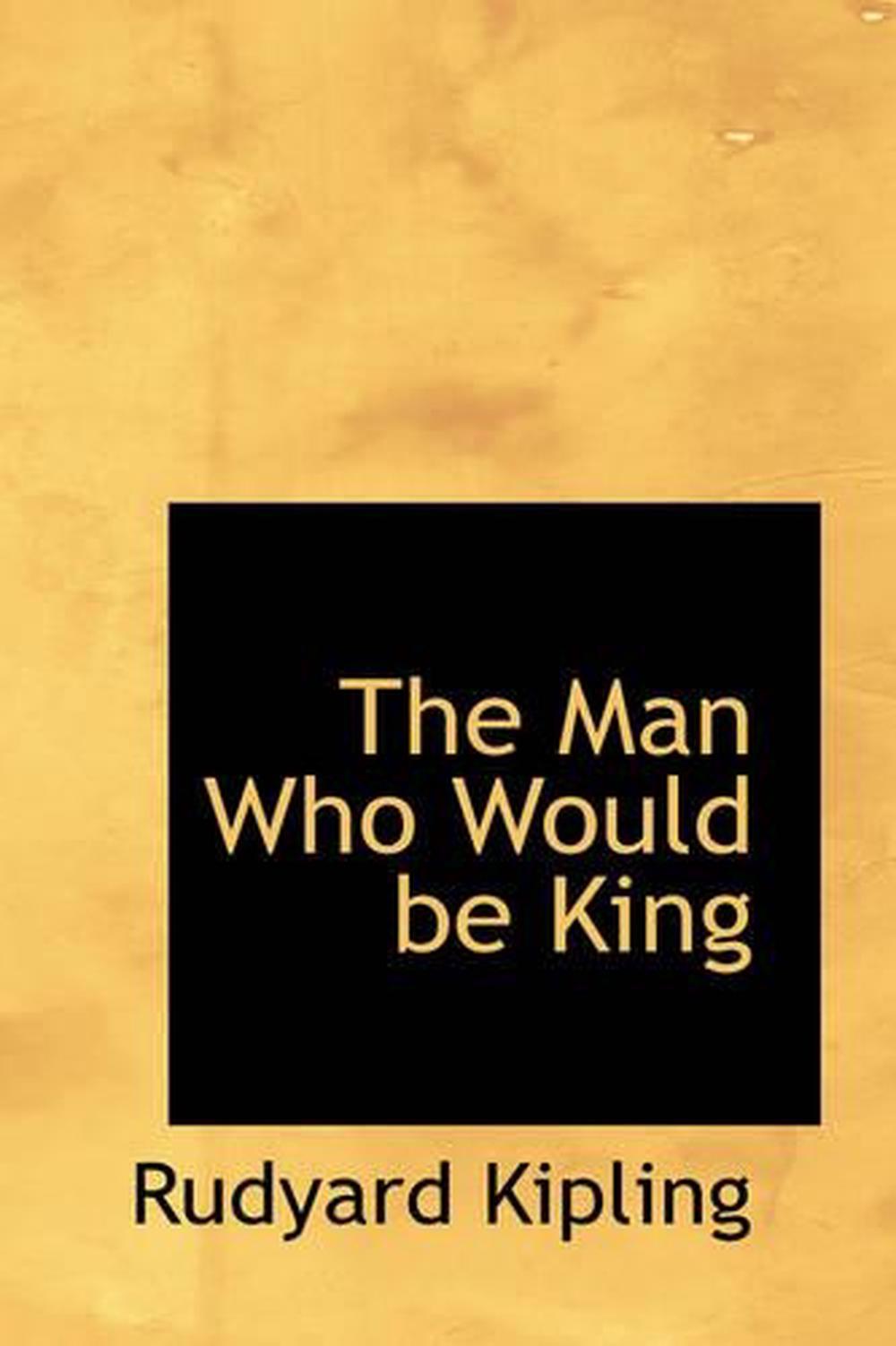

The reporter doesn’t have any money, either. Then his new friend reveals to him that he wants to send a telegram to his friend in Ajmir, but he can’t afford it.



They talk pleasantly enough about their adventures and politics. The reporter is alone in the carriage until another passenger gets on in Nasirabad and starts chatting with him. The passengers in the Intermediate class are “Eurasian” (and here a Helpful Footnote is lacking, to explain that Kipling means by that not natives of the Eurasian continent, but biracial people),”or native, which for a long night journey is nasty”, or Loafers, white men with no steady job, trying their luck in India. His story begins on the train from Ajmar to Mhow, where due to a Deficit in the Budget (capitalization original) he has to travel in the so-called Intermediate class, a level above the third class, but still a rather awful experience. He also says he had a chance to be close to a king, but he’s afraid his king is now dead. The narrator, like the young Kipling, is an English reporter for an Indian newspaper (called here ironically The Backwoodsman) and in this capacity roams around India, where he has often opportunities to be fellow to many beggars, even though he has no chance of checking their worthiness. The novella starts with an epigraph “Brother to a Prince and fellow to a beggar if he be found worthy”, which as the Helpful Footnote suggests, is or is meant to sound like a freemasonic motto, and indeed the story is full of allusions to Free Masonry, of which Kipling was a member. He also managed to be at the same time an apologist for the British imperial project and a subtle interrogator of imperialism and racism, as this story is going to show. Kipling spent only 13 years of his life in total in India (that would be about 18%), including his early childhood, and yet it was India which furnished him with material for his best-known texts. James Joyce – “Ulyss… on James Joyce – “The… James Joyce – “Ulyss… on James Joyce – “Ulysses” (“Lest… James Joyce – “A Portrait of the Artist as a Young Man” (ctd.).


 0 kommentar(er)
0 kommentar(er)
